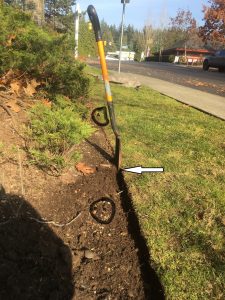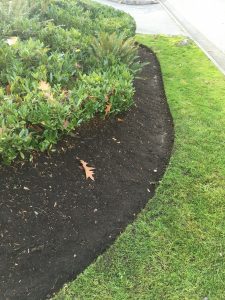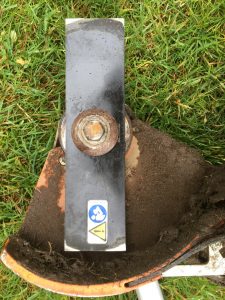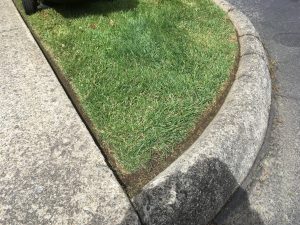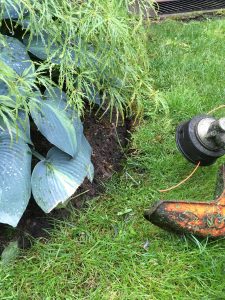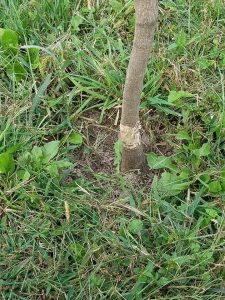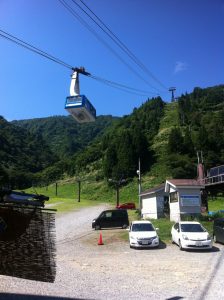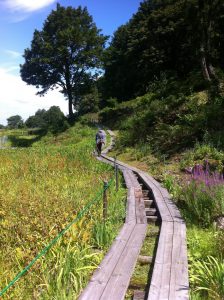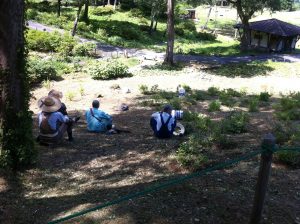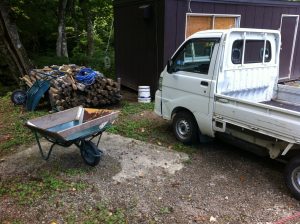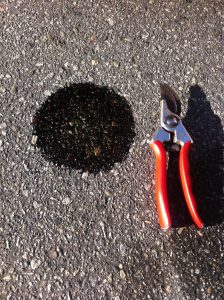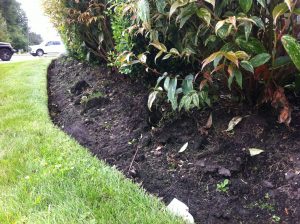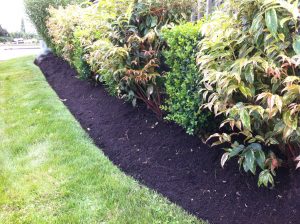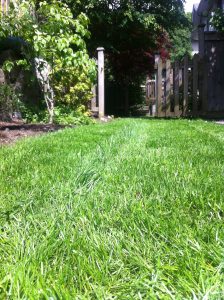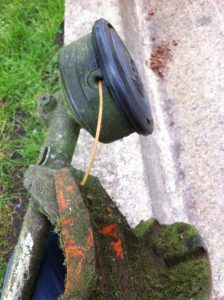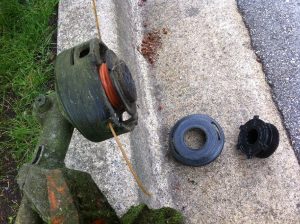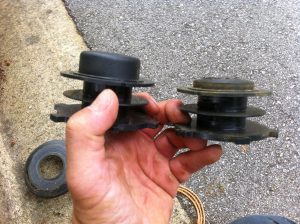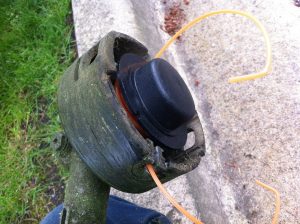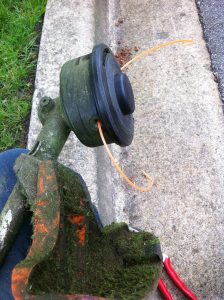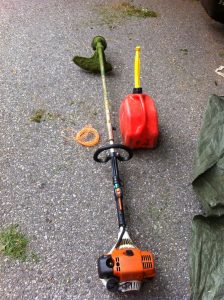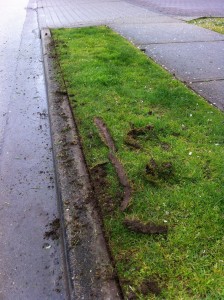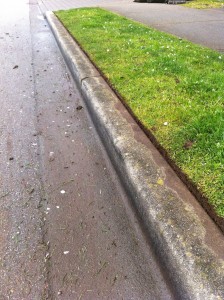Shredded Hostas
As soon as you see the client slowly approaching in her car, window rolled down, you know there might trouble coming your way. And sure enough, the poor lady looked distressed.
When her lawn was edged with a vertical line edger, her beautiful Hostas got shredded. She hated it and I hate it, too. It looks awful. She has every right to mention it. Take a look at the photos below.
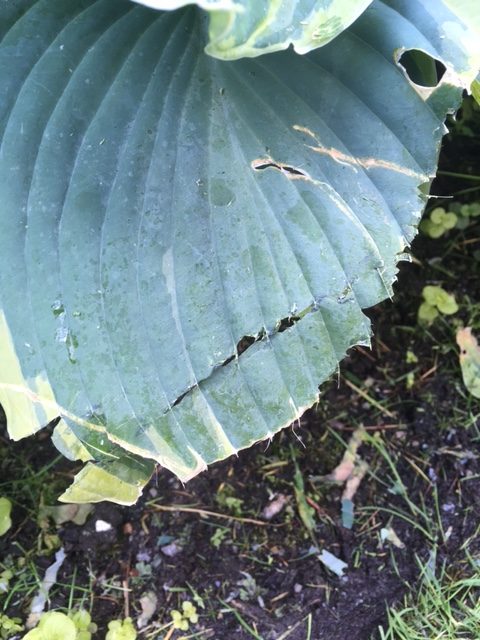
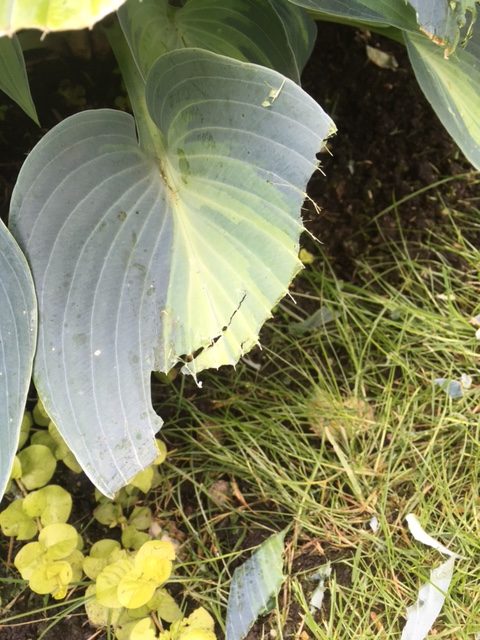
Does lawn care come first, at the expense of landscape plants? I don’t think so. I can see why the lady would be distressed about her Hostas. It’s spring and they’re finally leafed out and looking great. The only thing left for the Hostas to do is push out their flowers.
Incidentally, this also happens with trees. Do lawn care machines have the right of way? No, they don’t. We have to avoid all tree and lawn care machine conflicts.
If you want to find out why, you can take my inexpensive online course on lawn care mistakes. Click here for details and let me be your teacher.
Solutions
So, what do we do about this problem? We can move the lawn edge out but this would require a lot of extra labor. Plus, the lawn section is already narrow.
We can skip the edging altogether and leave the grass shaggy under the hostas. Until the boss shows up and freaks out.
A better solution would be to use a blade edger but this isn’t a popular choice because it involves a different machine and going back.
My compromise solution was to prune off the shredded leaves so as to remove the source of the lady’s stress. I also pruned off the stems that would very likely get shredded next week. With the lawn edge nicely exposed, the workers should be able to edge the lawn without shredding any plant tissues.
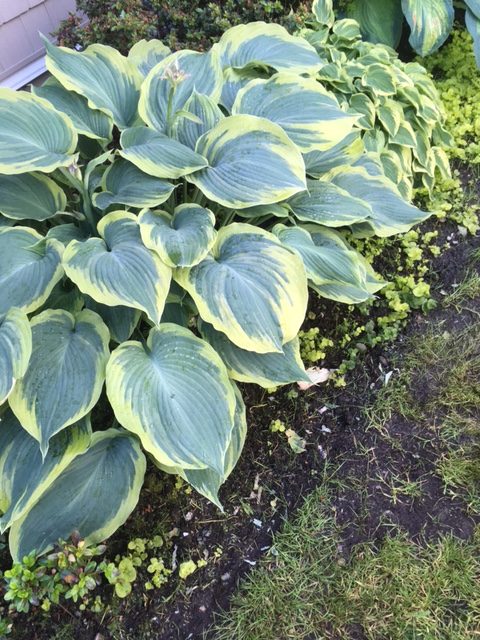
Conclusion
Lawn care machines don’t have the right of way. Shredding landscape plants is terrible and your clients have every right to express their displeasure. Plants should look healthy; not have their leaves shredded weekly. Be nice to hostas.


